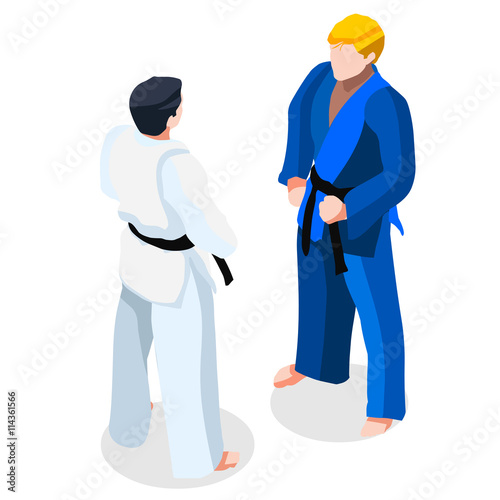Unveiling The Selection Of Martial Arts Disciplines: A Guide From Martial Arts To Taekwondo
Unveiling The Selection Of Martial Arts Disciplines: A Guide From Martial Arts To Taekwondo
Blog Article
martial arts like boxing -Carlson Bondesen
Are you tired of sensation overwhelmed by the substantial world of fighting styles? With so many designs to choose from, it can be very easy to get lost in a sea of strikes, kicks, and mysterious names. But fear not!
This discussion will certainly debunk the various fighting styles styles, taking you on a journey from the effective strikes of Martial arts to the vibrant kicks of Taekwondo. Prepare to uncover the origins, techniques, and philosophies behind these ancient art kinds.
So, tighten your belt and prepare to start an informing exploration right into the fascinating globe of fighting styles.
Beginnings of Martial Arts Styles
The beginnings of fighting styles designs can be traced back to old people and their demand for self-defense and battle techniques. Throughout history, various cultures created their own special approaches of combating, each with its very own collection of techniques and viewpoints.
In China, for example, fighting styles designs such as Kung Fu and Tai Chi were developed as a means of self-defense and enhancing physical and psychological wellness.
In Japan, the samurai warriors developed designs like Karate and Judo, focusing on discipline, accuracy, and proficiency of the body.
Similarly, in Korea, Taekwondo became a martial art highlighting high kicks, quick activities, and mental determination.
These very early human beings laid the structure for the diverse range of martial arts designs that exist today, each with its very own abundant history and social significance.
Techniques and Training Approaches
To understand fighting styles designs, experts should discover different strategies and training techniques.
Techniques are the details motions and actions used in combat, such as strikes, kicks, throws, and obstructs. Various martial arts styles have their own special collection of strategies that practitioners should grasp with rigorous training.
Training techniques differ relying on the style, however they normally entail a combination of physical conditioning, drills, sparring, and types.
Physical fitness is essential to build stamina, adaptability, and endurance. Drills assist specialists fine-tune their techniques and boost their rate and precision.
Competing allows experts to exercise their methods in a controlled, practical atmosphere. Types, also referred to as kata, are prearranged series of motions that help specialists create muscle mass memory and focus.
Viewpoints and Concepts
Discovering the philosophies and principles of martial arts designs can provide you with a much deeper understanding of your chosen technique. Each fighting style has its very own one-of-a-kind ideology and set of assisting concepts that form the means it's practiced.
As an example, Karate emphasizes self-control, regard, and self-constraint. It instructs experts to concentrate their minds and bodies, allowing them to protect themselves while keeping a sense of internal peace.
On the other hand, Taekwondo puts a solid focus on rate, agility, and adaptability. visit the next website are rooted in the tenets of politeness, stability, determination, self-discipline, and unbeatable spirit.
Final thought
Since you've explored the beginnings, methods, and ideologies of various martial arts styles, you have a much deeper understanding of these ancient disciplines.
Envision a young karate student, practicing with steady resolution and emphasis, appearing boards with an effective strike.
Their trip showcases the commitment and stamina called for to understand a martial art, reminding us that with self-control and determination, anything is possible.
